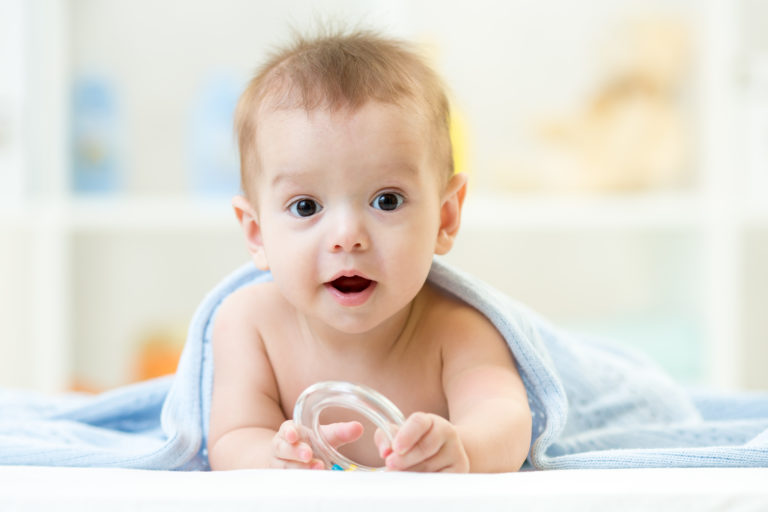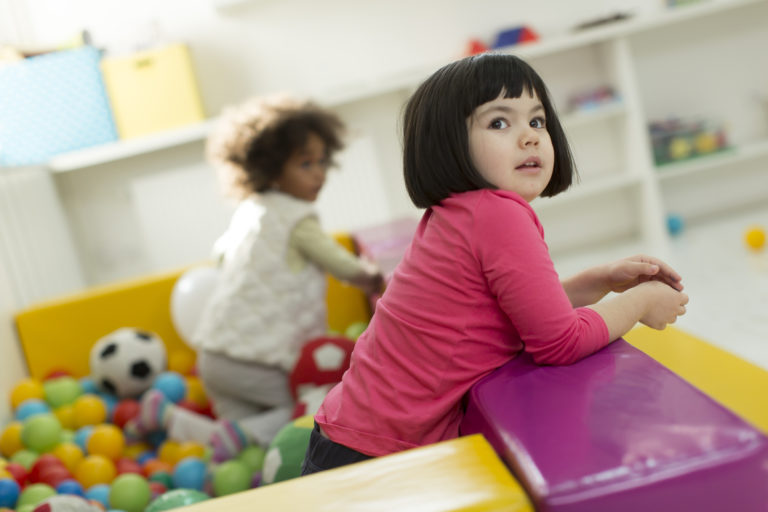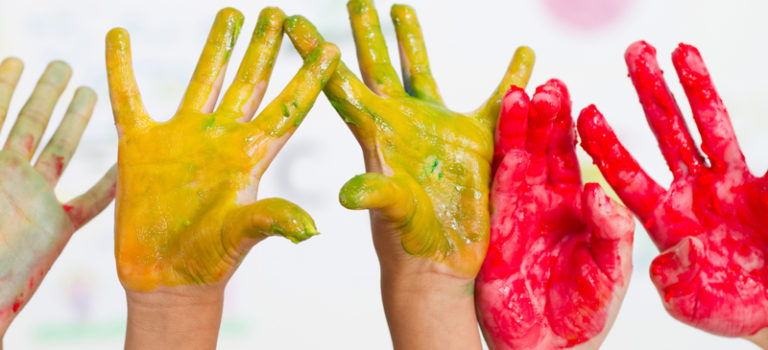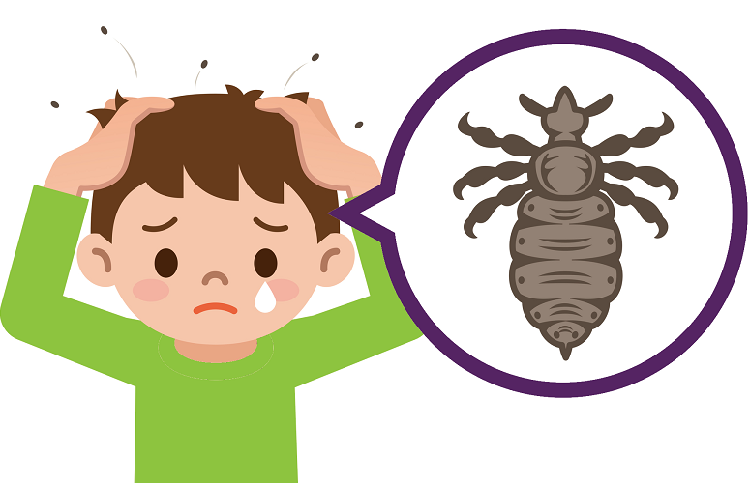A Best Start Doesn’t Start with Toxic Chemicals
Early childhood is a period of rapid development. Babies learn to crawl and then walk, speak in coherent sentences, and begin to develop self-control, all in just a few short years. It is a sad reality that our environment puts a lot of hurdles in the way of young children. Exposure to toxic chemicals in everyday consumer products is one of these hurdles that may impair kids’ ability to learn and reach developmental milestones.
Children are especially at risk from toxic chemicals because their bodies are developing quickly, they breathe, eat, and drink more per unit of body weight, and they tend to put things in their mouths.
Toxic flame retardants and phthalates are two toxic classes of chemicals found in children’s products that can impact kids’ ability to learn.
Toxic flame retardants
Toxic flame retardants are found in car seats, crib mattresses, changing tables, and nap mats. They are also put in TVs, furniture, and building materials. Toxic flame retardants don’t remain in the products but escape and contaminate indoor dust and air, and then are inhaled or ingested by children.
Toddlers can have levels of flame retardants in their bodies up to five times those of their mothers. This is concerning because flame retardants are associated with neurotoxic and neurodevelopmental effects including decreased IQ in children, impaired memory, learning deficits, altered motor behavior, and hyperactivity.
Childcare centers that use foam nap mats can have higher levels of toxic flame retardants in their dust.
Toxic-Free Future’s nap mat study found that after removing flame retardant-containing nap mats from childcare centers, levels of flame retardants went down in dust by as much as 90%.
Phthalates
Phthalates are chemicals used to make plastic soft and as an ingredient in fragrance. They are put in a wide variety of consumer products, including vinyl flooring, vinyl shower curtains, toys, and perfumed personal care products. Kids are exposed to phthalates when they put phthalate-containing plastic toys and other small items in their mouths, or when they accidentally swallow household dust containing phthalates.
Nearly 100% of people have phthalates in their bodies, with children between the ages of 1 and 6 often showing the highest levels. Phthalate exposure has been associated with decreased IQ, aggressive and oppositional behaviors, ADHD, learning disability, anxiety-like behavior, and other behaviors that can impact learning.
What can we do about it?
The following actions can help prevent kids’ exposures to toxic chemicals that can impact their ability to learn:
- Ban the use of an especially dangerous class of flame retardants called “organohalogens” (OFRs) from use in children’s products, furniture, mattresses, and electronics enclosures. The federal consumer watchdog agency, the Consumer Product Safety Commission, has warned consumers to avoid products containing OFRs.
- Strengthen consumer product laws to remove harmful chemicals from products.
- To ensure all people have access to safer products, government should provide incentives for communities to switch to safer products, including providing funding for replacing flame-retardant nap mats with safer alternatives.




















